Soba noodles are a delicious and healthy way to enjoy a meal, but sometimes they can be difficult to find or expensive. If you’re looking for a Soba noodle substitute, look no further! In this blog post, we will discuss several different types of noodles that you can use as a Soba noodle substitute. We will also provide recipes for each type of noodle so that you can enjoy a delicious and healthy meal anytime.
Soba Noodle Substitute
Soba noodles are a type of Japanese noodle made from buckwheat flour. They’re traditionally served cold with a dipping sauce, but they can also be used in hot soups or stir-fries. They have a nutty flavor and are very versatile. However, if you’re looking for a Soba noodle substitute, there are several options available. Read more to know about them.
Whole Wheat Spaghetti
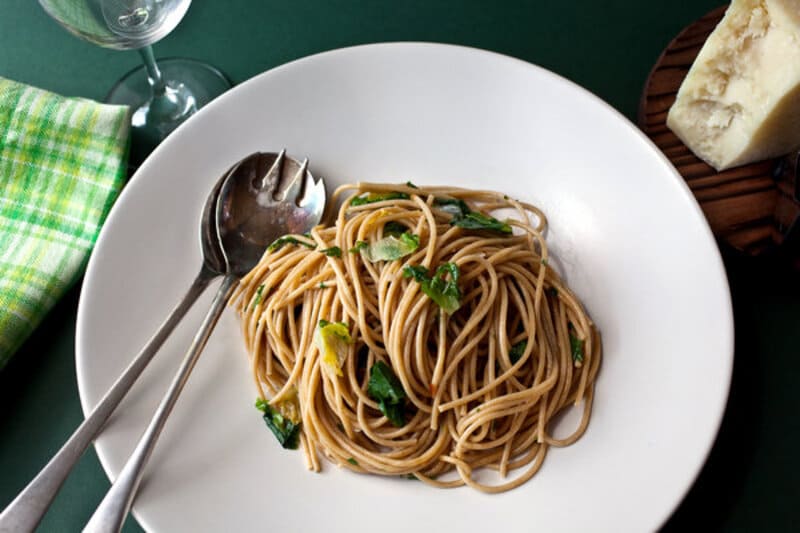
Soba noodles are famous traditional noodles of Japan that are thinner and denser than other noodles. They are also notoriously difficult to find outside of Japan, which is why many people rely on whole wheat spaghetti as a Soba noodle substitute. The thick, starchy strands of spaghetti mimic the chewy texture of soba noodles, making them a perfect candidate for hearty dishes like ramen and pho.
Whole wheat spaghetti also has a nutty flavor similar to buckwheat flour, making it a great option for those who are looking to replicate the taste of traditional soba noodles. So, the next time you’re in the mood for a bowl of soba noodles, reach for a box of whole wheat spaghetti instead. You might just be surprised at how delicious it is.
Somen Noodles
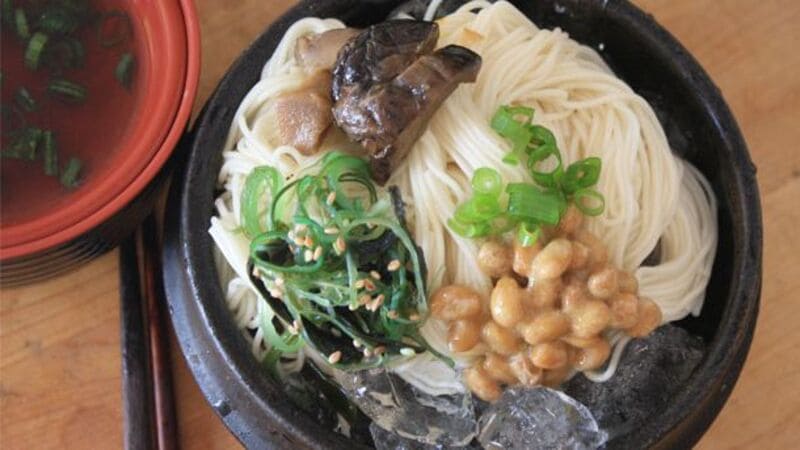
Somen noodles are very similar to soba noodles but are made from wheat flour instead of buckwheat flour. As a result, they have a slightly different flavor and texture. However, somen noodles make an excellent substitute for soba noodles in most recipes. So, if you can’t find soba noodles at your local grocery store, try somen noodles. With their delicate flavor and firm texture, they are sure to please even the most discerning palate.
Ramen Noodles
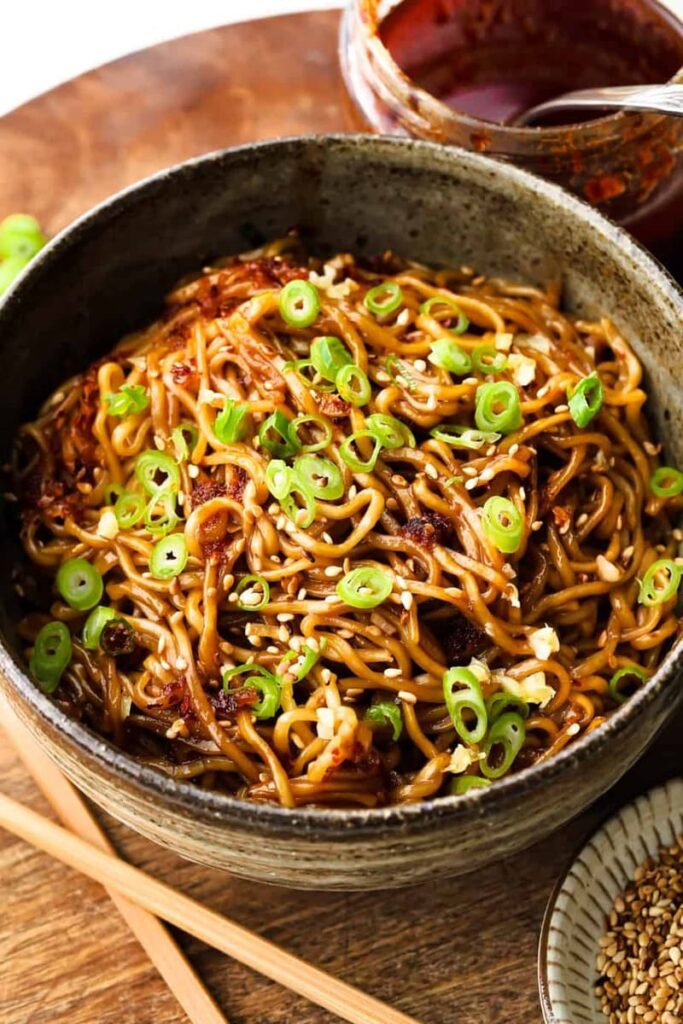
Ramen noodles can work as a soba noodle substitute when you don’t have access to Soba noodles. They’re both thin, dried noodles made from wheat flour. The big difference is that ramen noodles are usually fried, while soba noodles are not. This means that ramen noodles will have a crispy texture, while soba noodles will be more chewy.
Ramen noodles also have a stronger flavor than soba noodles. This is due to the fact that they are usually flavored with salt, spices, and MSG. So, if you’re looking for a soba noodle substitute that is easy to find and has a similar texture, go for ramen noodles. Just be aware that they might be a little too salty for some people’s taste.
Kelp Noodles
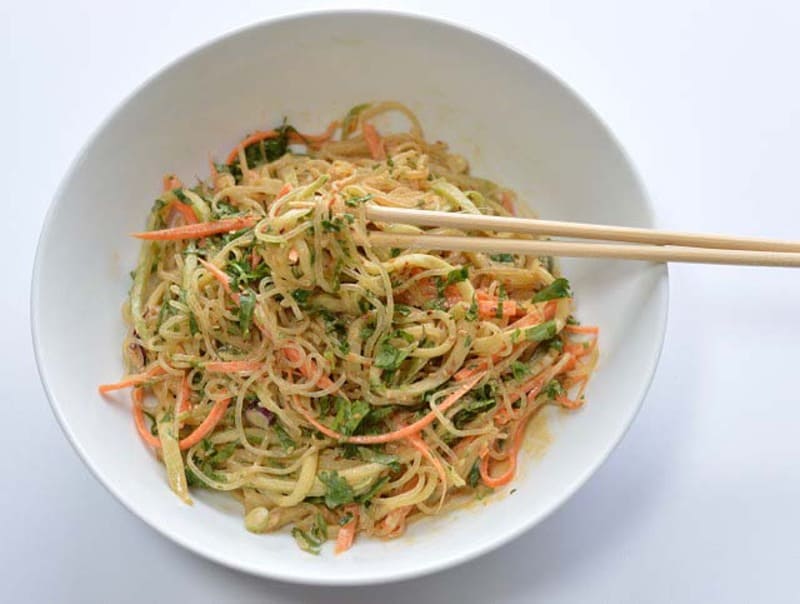
Kelp noodles are a type of pasta made from kelp, a type of seaweed. They are vegan, gluten-free, low in calories, and can be used as a substitute for soba noodles. Kelp noodles have a firm texture and are used in place of other pasta types in soups, salads, and stir-fries.
They are also a good source of iodine, which is essential for thyroid health. While Kelp noodles are often touted as a healthy alternative to other pasta types, some health experts caution that they may not be suitable for everyone. But if you’re looking for a great alternative to Soba noodles, Kelp noodles are a perfect option.
Zucchini Noodles
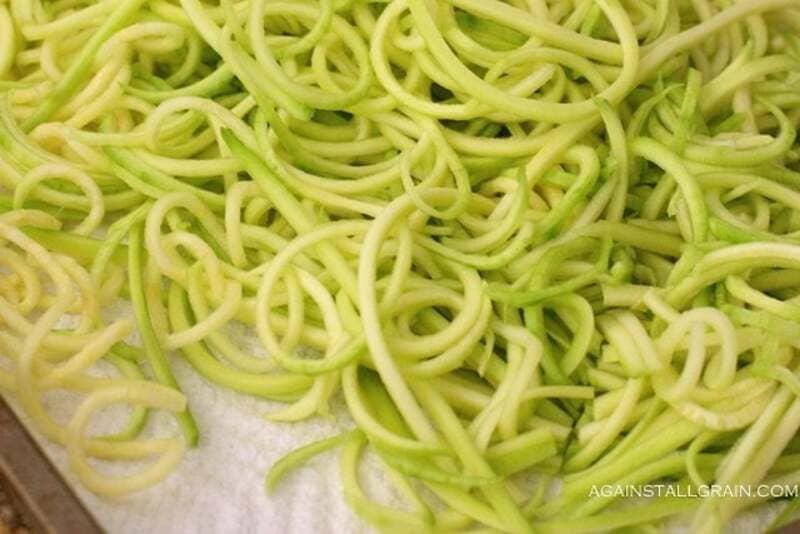
Zucchini noodles, also known as “zoodles,” are a type of pasta made from thin strips of zucchini. They can be enjoyed raw or cooked, and they make a great soba noodle substitute in salads and stir-fries. While zucchini noodles are not traditional pasta, they are a healthy alternative for those looking to cut down on carbs or gluten.
And, best of all, they’re easy to make at home with a spiralizer or julienne peeler. So if you’re in the mood for something different, give zucchini noodles a try. Who knows? You may just find that they’re your new favorite pasta.
Beet Noodles
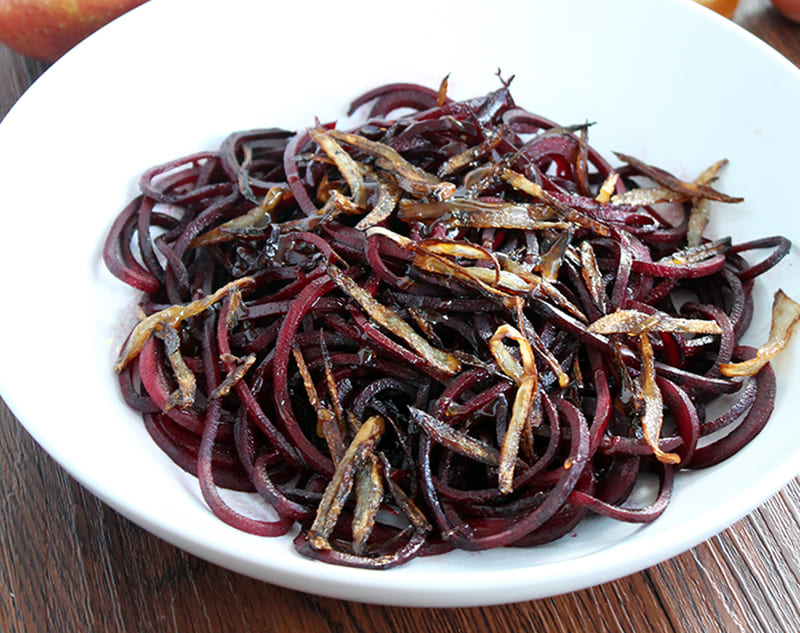
If you’re a fan of soba noodles, you may be interested in exploring some alternative options. Beet noodles are a great option if you’re looking for something that’s similar in taste and texture to soba noodles. They’re also packed with nutrients, making them a healthier choice. However, there are a few things to keep in mind when cooking with beet noodles.
- First of all, they tend to bleed, so it’s important to rinse them thoroughly before cooking.
- Second, they cook more quickly than soba noodles, so be sure to adjust your cooking time accordingly.
- Finally, they may stain your utensils and clothes, so be sure to wear gloves and an apron while cooking.
With a little bit of care, beet noodles can make a delicious and healthy soba noodle substitute.
Quinoa Spaghetti
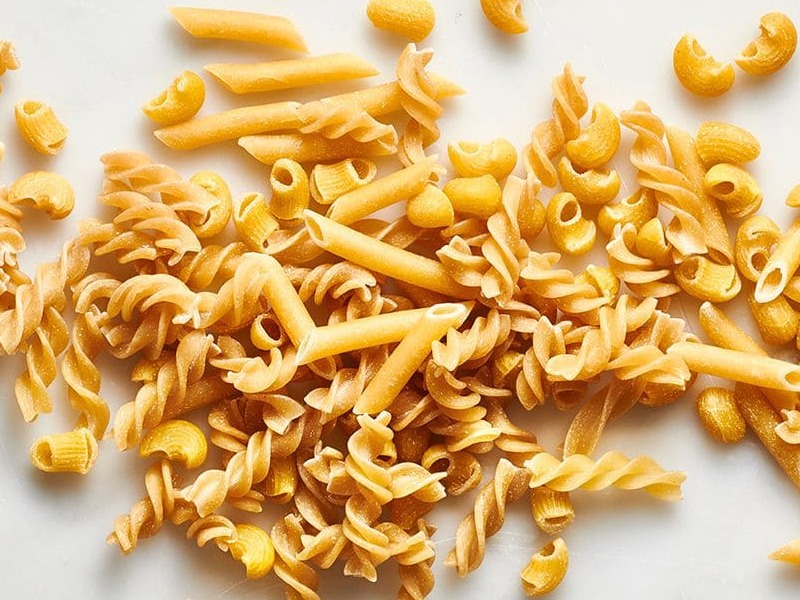
Quinoa spaghetti, also known as ‘’quoodles,’’ is a healthier alternative to soba noodles. Made from gluten-free quinoa flour, quinoa spaghetti has a chewy texture and nutty flavor that pairs well with savory sauces. Unlike soba noodles, it is high in fiber and protein and is also a good source of iron.
Quinoa spaghetti can be found in the health food aisle of most supermarkets, or it can be ordered online. For a quick and easy meal, cook quinoa spaghetti according to the package directions and top with your favorite sauce. You can also add vegetables or grilled chicken for a heartier dish.
So next time you’re in the mood for Italian food, consider swapping out the soba noodles for quinoa spaghetti. Your taste buds will thank you!
Homemade Soba Noodles

Homemade soba noodles are a bit of a project, but they’re well worth the effort. The key to successful soba noodles is to roll the dough very thin. A pasta machine can be helpful for this step, but it’s not necessary. Once the dough is rolled out, it needs to be cut into strips. The width of the strips depends on how you want to serve the noodles.
For a traditional presentation, the noodles should be about three inches wide. Once the noodles are cut, they can be cooked in boiling water for two to three minutes. Drain them well and then rinse with cold water to stop the cooking process. Serve the noodles with soy sauce or dipping sauce on the side. Enjoy!
Yakisoba Noodles
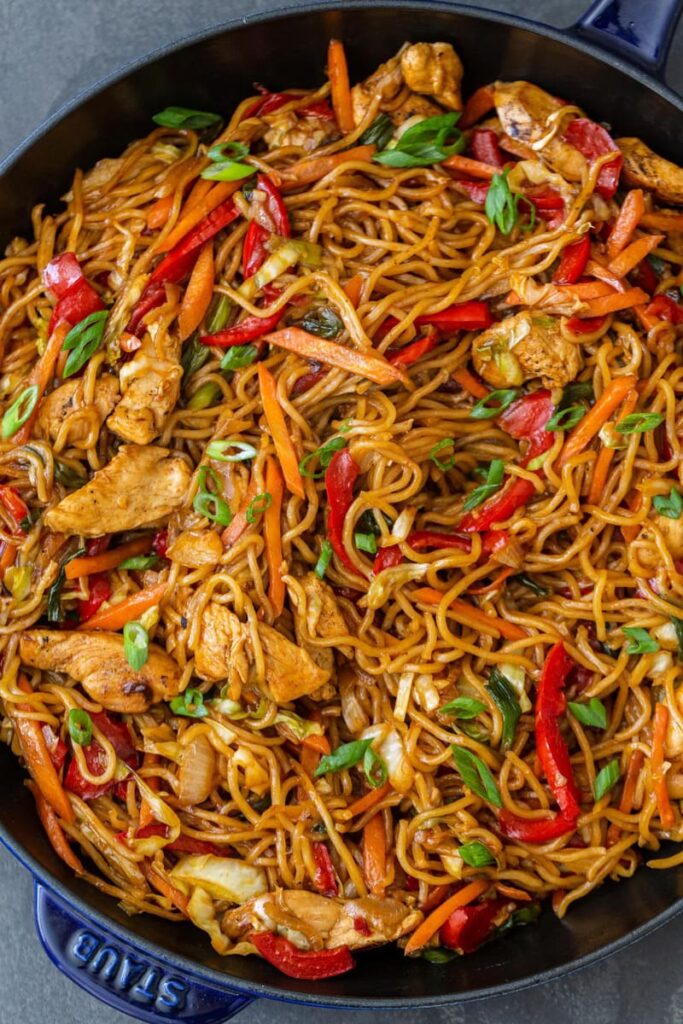
If you’ve ever been to a Japanese restaurant, chances are you’ve tried yakisoba noodles. These hearty noodles are made from wheat flour and are popularly served stir-fried with vegetables and meat. While they may look similar to chow mein noodles, yakisoba noodles are thinner and have a slightly different flavor.
They are typically seasoned with a savory sauce made from Worcestershire sauce, soy sauce, and Mirin. This traditional seasoning gives the noodles their characteristic umami flavor. Yakisoba noodles are versatile and can be used as a soba noodle substitute.
Udon Noodles
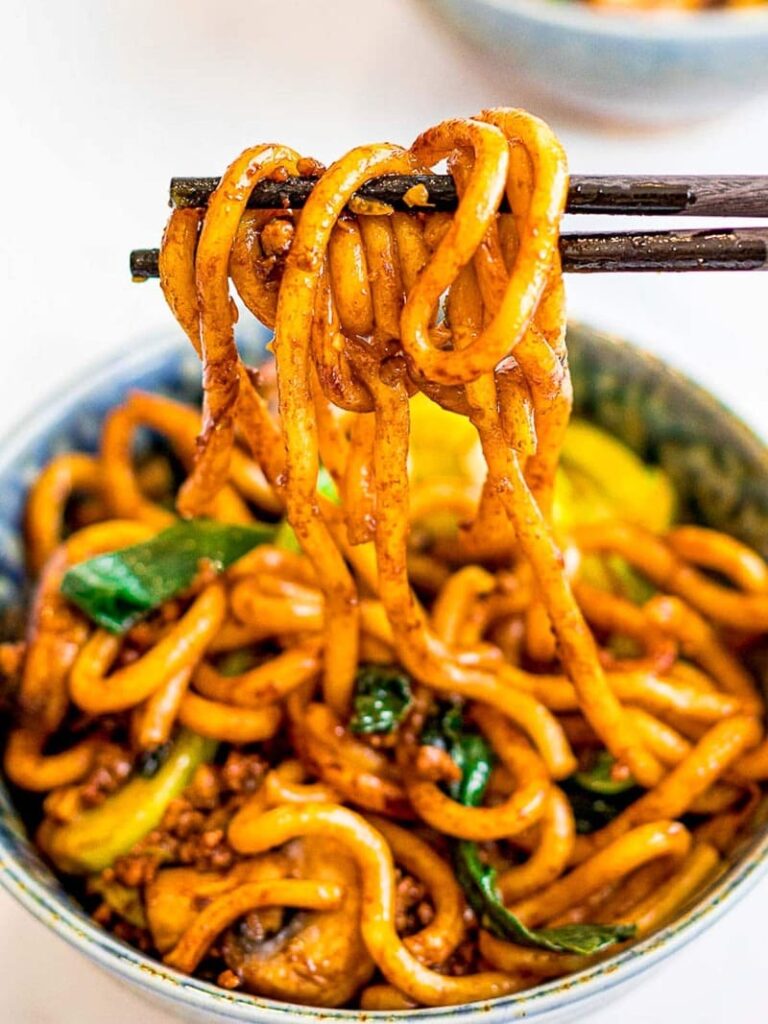
When it comes to Japanese noodles, there are a few varieties that stand out. One of the most popular is soba, a type of buckwheat noodle that is often served cold with a dipping sauce. However, soba can be difficult to find sometimes, which is where udon comes in. Udon noodles are made from wheat flour and are similar in size and shape to soba noodles.
They can be served hot or cold and make an excellent substitute for soba in any dish. In addition, udon noodles are more widely available than soba, making them a convenient option for those looking to experience the taste of Japan without having to travel all the way to Asia. So next time you’re in the mood for Japanese noodles, give udon a try, you might just find that it’s your new favorite food.
Rice Noodles
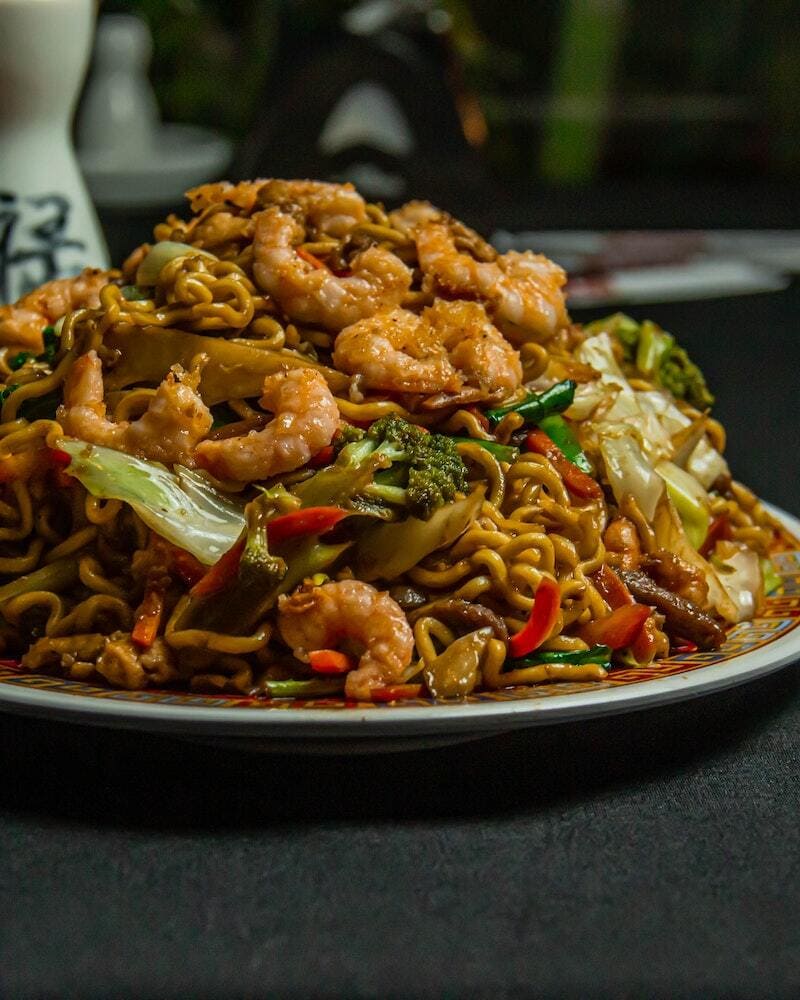
If you’re looking for a delicious and healthy alternative to soba noodles, then look no further than rice noodles. Made from rice flour, water, and salt, rice noodles are a staple in many Asian cuisines and make a great base for stir-fries, soups, and salads. Plus, they’re naturally gluten-free, making them a great option for those with dietary restrictions.
So what makes rice noodles a better choice than soba noodles? For one, they’re lower in calories and carbs. And since they’re made from rice flour, they tend to be more absorbent, so they soak up sauces and flavors better. Plus, they have a slightly sweet taste that pairs well with savory dishes. Here’s a simple recipe to get you started:
Ingredients:
– 1 bundle of rice noodles
– 1 tablespoon of olive oil
– 1 clove of garlic, minced
– 1/2 cup of chicken or vegetable broth
– 2 tablespoons of soy sauce or tamari
– 1 teaspoon of honey or agave nectar
– 1/4 teaspoon of crushed red pepper flakes (optional)
– 1 scallion, thinly sliced (optional)
Instructions:
1. Cook the rice noodles according to package instructions.
2. Heat the olive oil over medium-high heat in a large skillet or wok.
3. Add the garlic and cook until fragrant, about 30 seconds.
4. Add the cooked noodles, chicken broth, soy sauce, honey, and red pepper flakes.
5. Stir-fry until the noodles are evenly coated, and the sauce is heated for about 3 minutes.
6. Serve in bowls and top with scallions, if desired. Enjoy!
So there you have it – a delicious and healthy alternative to soba noodles that’s sure to please everyone at the table. Give it a try, and let us know how you like it!
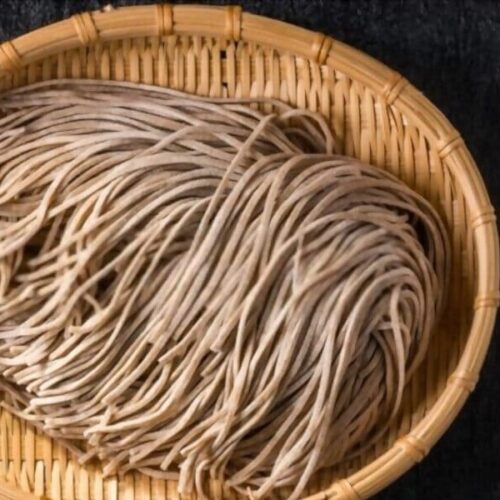
Soba Noodle Substitute
Instructions
Soba Noodle Substitute
- Whole Wheat Spaghetti
- Somen Noodles
- Ramen Noodles
- Kelp Noodles
- Zucchini Noodles
- Beet Noodles
- Quinoa Spaghetti
- Homemade Soba Noodles
- Yakisoba Noodles
- Udon Noodles
- Rice Noodles
Instrution
- Choose your preferred replacement from the list.
- Add substitute to your recipe.
- Make your own delicious recipe.
Video
FAQs
Soba noodles have many benefits. For one, they are a great source of protein, containing all the essential amino acids your body needs to function properly. They are also low in calories and fat, making them an ideal food for people trying to lose weight or maintain healthy body weight. Additionally, soba noodles are rich in vitamins and minerals, including iron, potassium, and magnesium.
Another great benefit of soba noodles is that they are very versatile and can be used in a variety of dishes. You can enjoy them cold or hot, in soups or salads, as a main course or side dish. And because they cook quickly, they make a great easy weeknight meal option.
Now, let’s discuss some most frequently asked questions about soba noodle substitute.
Can I substitute ramen noodles for soba?
Ramen noodles and soba noodles are two very different types of noodles.
- Ramen noodles are typically made with wheat flour, while soba noodles are made with buckwheat flour.
- Additionally, ramen noodles are usually much thicker and chewier than soba noodles.
Soba noodles can be substituted for ramen noodles in most recipes, but the results will not be the same.
Can I use udon noodles instead of soba?
Yes, you can use udon noodles instead of soba. They have a similar texture and flavor but are a bit thicker. So if you are looking for a gluten-free option, udon noodles would be a better choice.
What is the difference between soba noodles and spaghetti?
Soba noodles have a nuttier flavor and a firmer texture than spaghetti. They are also usually served cold or at room temperature, whereas spaghetti is commonly served hot. Soba noodles are made of buckwheat flour, while spaghetti is made of wheat flour.
Are soba noodles and ramen noodles the same?
No, soba noodles and ramen noodles are not the same. Soba noodles are made from buckwheat flour, whereas ramen noodles are made from wheat flour. Additionally, soba noodles are thinner and have a more delicate flavor than ramen noodles. Soba noodles also have a higher nutritional value than ramen noodles.
Ramen noodles are generally more widely available and less expensive than soba noodles so they may be a better option for those on a budget.
Final Words
So, there you have it. A few of our favorite soba noodle substitute for when the craving hits and you’re all out of noodles. We hope you enjoy them as much as we do! Have any other favorites? Let us know in the comments below.
Maybe you’d like to read:
- 8 Substitute For Plum Tomatoes
- 5 Substitutes For Grand Marnier
- 7 Substitutes For Guajillo Peppers
- Chicken Stock Concentrate Substitute

Welcome to my food site, RecipesAndPanty.com. I am a man who enjoys creating recipes and researching everything about food. This blog is dedicated to my grandmother because she gave me a taste for cooking.